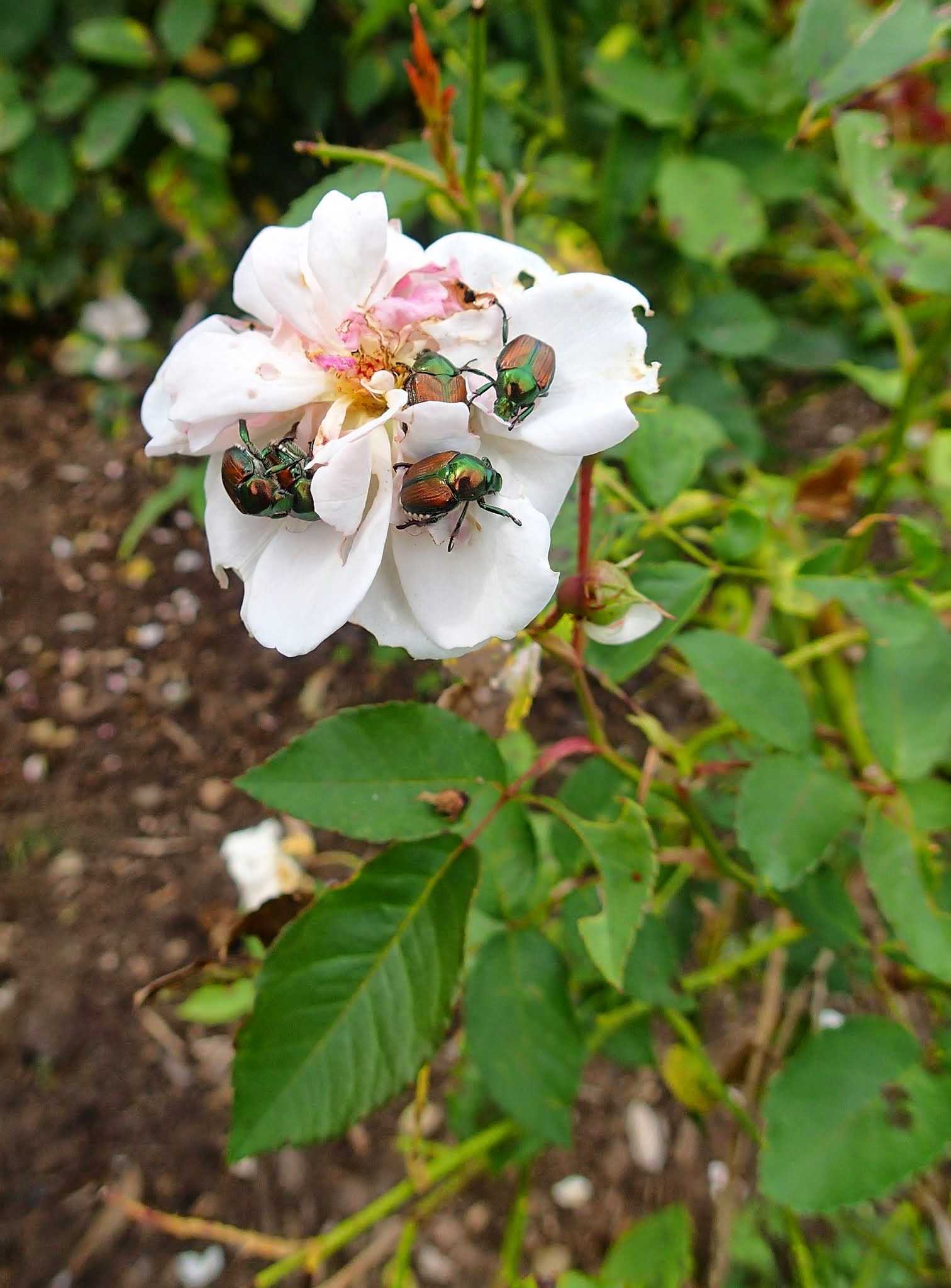Preparing for and Defending Against Japanese Beetles
go.ncsu.edu/readext?1071614
en Español / em Português
El inglés es el idioma de control de esta página. En la medida en que haya algún conflicto entre la traducción al inglés y la traducción, el inglés prevalece.
Al hacer clic en el enlace de traducción se activa un servicio de traducción gratuito para convertir la página al español. Al igual que con cualquier traducción por Internet, la conversión no es sensible al contexto y puede que no traduzca el texto en su significado original. NC State Extension no garantiza la exactitud del texto traducido. Por favor, tenga en cuenta que algunas aplicaciones y/o servicios pueden no funcionar como se espera cuando se traducen.
Português
Inglês é o idioma de controle desta página. Na medida que haja algum conflito entre o texto original em Inglês e a tradução, o Inglês prevalece.
Ao clicar no link de tradução, um serviço gratuito de tradução será ativado para converter a página para o Português. Como em qualquer tradução pela internet, a conversão não é sensivel ao contexto e pode não ocorrer a tradução para o significado orginal. O serviço de Extensão da Carolina do Norte (NC State Extension) não garante a exatidão do texto traduzido. Por favor, observe que algumas funções ou serviços podem não funcionar como esperado após a tradução.
English
English is the controlling language of this page. To the extent there is any conflict between the English text and the translation, English controls.
Clicking on the translation link activates a free translation service to convert the page to Spanish. As with any Internet translation, the conversion is not context-sensitive and may not translate the text to its original meaning. NC State Extension does not guarantee the accuracy of the translated text. Please note that some applications and/or services may not function as expected when translated.
Collapse ▲It is starting to warm up in Lee County and with that our plants and the insects start to wake up. While it can be inspirational to watch a butterfly or bee visit your garden, it is only a matter of time before some of our least favorite insect pests return, as well. The iridescent shimmer of the Japanese beetle (Popillia japonica) might look pretty, but these invasive pests are poised to descend upon our landscapes once again soon. Knowing their habits and how to manage them is key to protecting your prized plants.
Who are they and where are they from?
Japanese beetles are a type of scarab beetle that arrived from East Asia to the United States in the early 20th century. Unfortunately, we knew then that they were going to be an issue, but we did not have the regulations in place to stop them spreading from the initial nursery they were found in. They have a distinct life cycle: their larval stage, known as a grub, lives in the soil, feeding on plant roots. The adult beetles emerge in late spring to early summer, and here in Sanford, you can expect to see them buzzing around your gardens starting in late May or June, with peak populations typically occurring throughout July and August. Their numbers usually dwindle by September.
What do they eat?
These adult beetles are voracious eaters with a remarkably broad palate. They feast on the leaves, flowers, and even fruits of more than 300 plant species. Some of their favorite targets in our area include roses, crape myrtles, fruit trees like apples and

Japanese Beetles (Popillia japonica).
plums, and even common garden vegetables like basil. The damage they inflict is quite distinctive: they consume the tissue between the leaf veins, leaving behind a delicate, lace-like or skeletonized appearance. In severe infestations, entire leaves can be devoured, turning brown and dropping prematurely, weakening the plant. They can also wreak havoc on blossoms, which prevents fruit development.
Protecting Your Plants
So, how can gardeners protect their beloved plants from this onslaught? A multi-pronged approach is often the most effective. For smaller gardens, handpicking the beetles early in the morning and dropping them into soapy water can be surprisingly helpful and reduces the amount of pesticides that you put out which could also harm your pollinators. Covering vulnerable plants with fine netting can also create a physical barrier.
For more widespread infestations, various control methods exist. Systemic insecticides, applied to the soil or foliage, are absorbed by the plant and will kill beetles as they feed. Contact insecticides, on the other hand, provide a direct kill upon application. Always remember “the label is the law” and to read and follow label instructions meticulously when using any chemical control. Just know, many of these insecticides also harm other insects, like bees and butterflies, so use only in the case of bad infestations.
Many gardeners wonder about biological control options. Milky spore, a naturally occurring bacterium (Bacillus popilliae), can target the grubs in the soil. While it can be effective over several years in reducing grub populations, its impact on adult beetle numbers in a given season is often limited and can be inconsistent, especially in areas with frequent soil disturbance.
Another common question revolves around bait traps. These traps utilize floral lures and pheromones to attract adult beetles. However, research suggests that while they do attract beetles, they can sometimes draw more beetles into your yard than they actually trap, potentially increasing damage to nearby plants. If you choose to use them, place them far away from the plants you want to protect! Remember to change out full traps periodically. Chickens also love to snack on these guys!
Early Detection and Action are Key!
As the weather warms, keep a watchful eye on your plants for the first signs of these shimmering invaders. Early detection and consistent management are your best defenses against Japanese beetles. By understanding their lifecycle and employing a combination of control strategies, gardeners can minimize the damage and keep their landscapes thriving. Don’t let the bronze buzz become a botanical bust!




